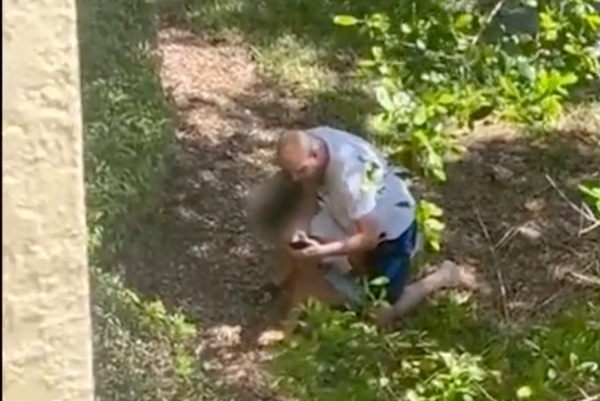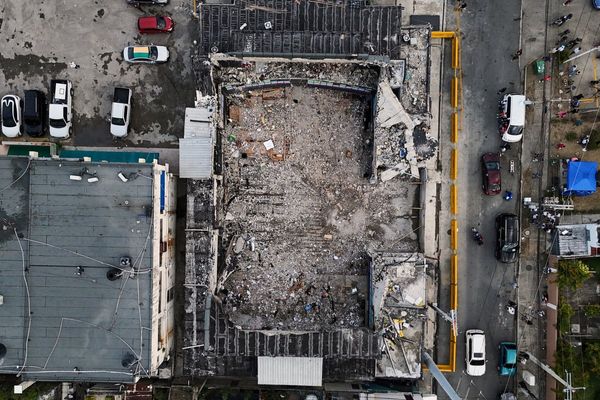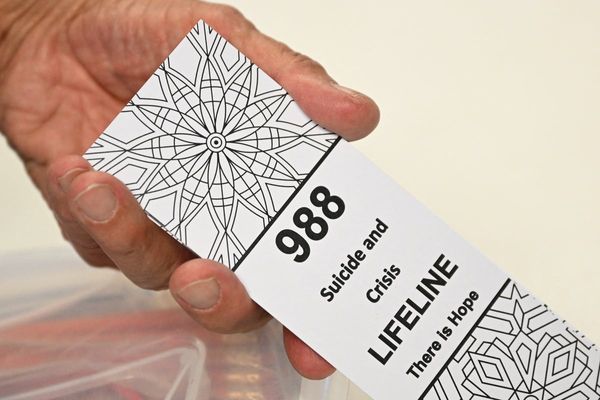Today, almost all — 96% — abortion procedures take place in clinics, not in hospitals or doctor’s offices. And many of those clinics are closing. Data from the Abortion Care Network estimate that the number of independent clinics in the U.S. fell 35% over the last 10 years and that the pace of closure doubled in 2022, after the Supreme Court’s Dobbs decision overturned Roe v. Wade.
That has put enormous strain on the clinics that are still operating. After bans took effect in neighboring states, North Carolina saw a 37% increase in the number of abortions performed; Kansas, 36%; Colorado, 33%. Some providers now see 50 abortion patients per 12-hour shift, more than double the number they saw before Dobbs. And thousands of women haven’t been able to get the abortions they need; in just the two months following the decision, an estimated 10,000 women continued pregnancies they would have otherwise ended.
This got me wondering: Why do we rely so heavily on abortion clinics? Why isn’t abortion accessible through the same channels we use for other prescriptions or outpatient procedures? And in a country where 1 in 10 women traveled out of state to terminate pregnancies before Dobbs, why can’t doctor’s offices and hospitals pick up more of the load?
Before Roe v. Wade established a constitutional right to abortion in 1973, abortion access was uneven, to say the least. Illegal abortions took place anywhere — homes, hotel rooms — while medically supervised abortions occurred in hospitals and doctor’s offices, often after a board of (usually male) doctors approved a woman’s request to end her pregnancy.
After Roe, reproductive rights activists opened clinics to improve access, according to Mary Ziegler, a professor at the University of California Davis School of Law and author of "After Roe: The Lost History of the Abortion Debate." Clinics could offer care more cheaply, provide it closer to where patients lived and also deliver care that was more patient-centric and less judgmental. Still, hospitals performed about half of all abortions in the years immediately following Roe.
As time went on, hospitals became more skittish about providing a procedure that increasingly attracted protesters. Federal and state lawmakers also restricted funding for abortion — most notably through the 1976 Hyde Amendment — limiting some hospitals’ ability to offer the procedure and scaring away others.
The result is that although there are more than 6,000 hospitals in the U.S., by 2020 there were only 530 providing abortions — down from some 1,405 in 1982. Doctor’s offices have seen an even bigger drop, from 714 providing abortion in 1982 to just 266 in 2020. Hospitals now provide just 3% of all abortions, and doctor’s offices just 1%.
This means that a safe, mainstream medical procedure that a third of women will need at some point is now largely only available through standalone clinics. “It’s really siloed abortion care,” says Ushma Upadhyay, a public health social scientist and associate professor of obstetrics, gynecology and reproductive science at the University of California San Francisco.
That separation stigmatizes abortion, making it seem as if it isn’t really health care. It also makes it easier for protesters to target patients and doctors, sometimes with vandalism or violence. And where there is only a single clinic for hundreds of miles, restricting access to abortion is as easy as forcing one clinic to close.
In the post-Dobbs era, we need all parts of the medical establishment to take a stronger stand — not only defending the right to abortion, but actually being willing to provide it. The American Medical Association has sought to protect doctors from prosecution and has called for insurers to cover abortion care. But there is more that individual doctors, hospital systems and health agencies should be doing.
For one, more hospitals could decide to provide abortion services again. Yes, it’s true that legal restrictions bar abortion at some facilities (such as military hospitals) and complicate it for others (such as those attached to state universities). But more hospitals could offer terminations than currently do; after all, they did so in the past.
Individual OB-GYNs also could decide to offer abortion. They already use the same procedure used for first-trimester abortions to treat early miscarriages and post-partum blood clots. Yet although the U.S. has more than 50,000 OB-GYNs, only 14% perform abortions. If more hospitals and OB-GYNs provided elective terminations, it would go some way to addressing the surge in demand at clinics abutting states where abortion is now illegal.
Policymakers in states where abortion is legal could further help by broadening the rules on who can prescribe abortion medication and perform first-trimester procedures. Many states have rules saying that only doctors can do so, but the procedure isn’t more medically complex than, say, inserting an IUD, which non-doctor providers — such as nurse practitioners or certified nurse-midwives — are allowed to do.
Research led by Upadhyay found that first-trimester abortions could be performed by nurse practitioners or midwives just as easily and safely as by OB-GYNs. This would allow thousands of medical professionals to offer abortion through local community health centers or other primary-care settings.
The FDA could also do more to make abortion medication available. Abortion pills account for more than half of terminations. During the pandemic, the FDA allowed the medication to be prescribed via a virtual visit, but imposed needless rules requiring that the prescriber get additional certification, as my colleague Lisa Jarvis has written. These rules should be scrapped.
The FDA could also decide to go further and make medication abortion available without a prescription, the way emergency contraception can be purchased directly from a pharmacy.
Democrats in Congress have failed to end the Hyde Amendment. But even under the status quo, federal agencies could make some progress by enforcing existing law. Hyde mandates that Medicaid must cover pregnancies caused by rape or incest as well as situations in which abortion is needed to save a patient’s life, but a 2019 Government Accountability Office report found that not all states abide by those rules.
That means women who should qualify for a publicly funded abortion are either being turned away or having to find the money themselves. The Department of Health and Human Services and Centers for Medicare and Medicaid Services should ensure that these women are getting the care they’re entitled to.
These reforms wouldn’t solve the core problem — that abortion is banned in 13 states and overregulated in many others. “You should not need to travel or pay an exorbitant amount for basic health care,” as Erin Grant, deputy director for the Abortion Care Network, concisely put it.
And this isn’t to take away from the importance of clinics. For decades, these facilities have done vital work, not only offering abortion care but also mammograms, birth control and treatment for sexually transmitted infections — plus defending reproductive rights in court.
But our nation’s battered network of abortion clinics shouldn’t have to stand alone. The rest of the medical establishment, from individual doctors to hospital systems to health agencies, should stand with them. Doing so would send an unambiguous message: Abortion is health care.
____
ABOUT THE WRITER
Sarah Green Carmichael is a Bloomberg Opinion editor. Previously, she was managing editor of ideas and commentary at Barron’s and an executive editor at Harvard Business Review, where she hosted “HBR IdeaCast.”
This column does not necessarily reflect the opinion of the editorial board or Bloomberg LP and its owners.







